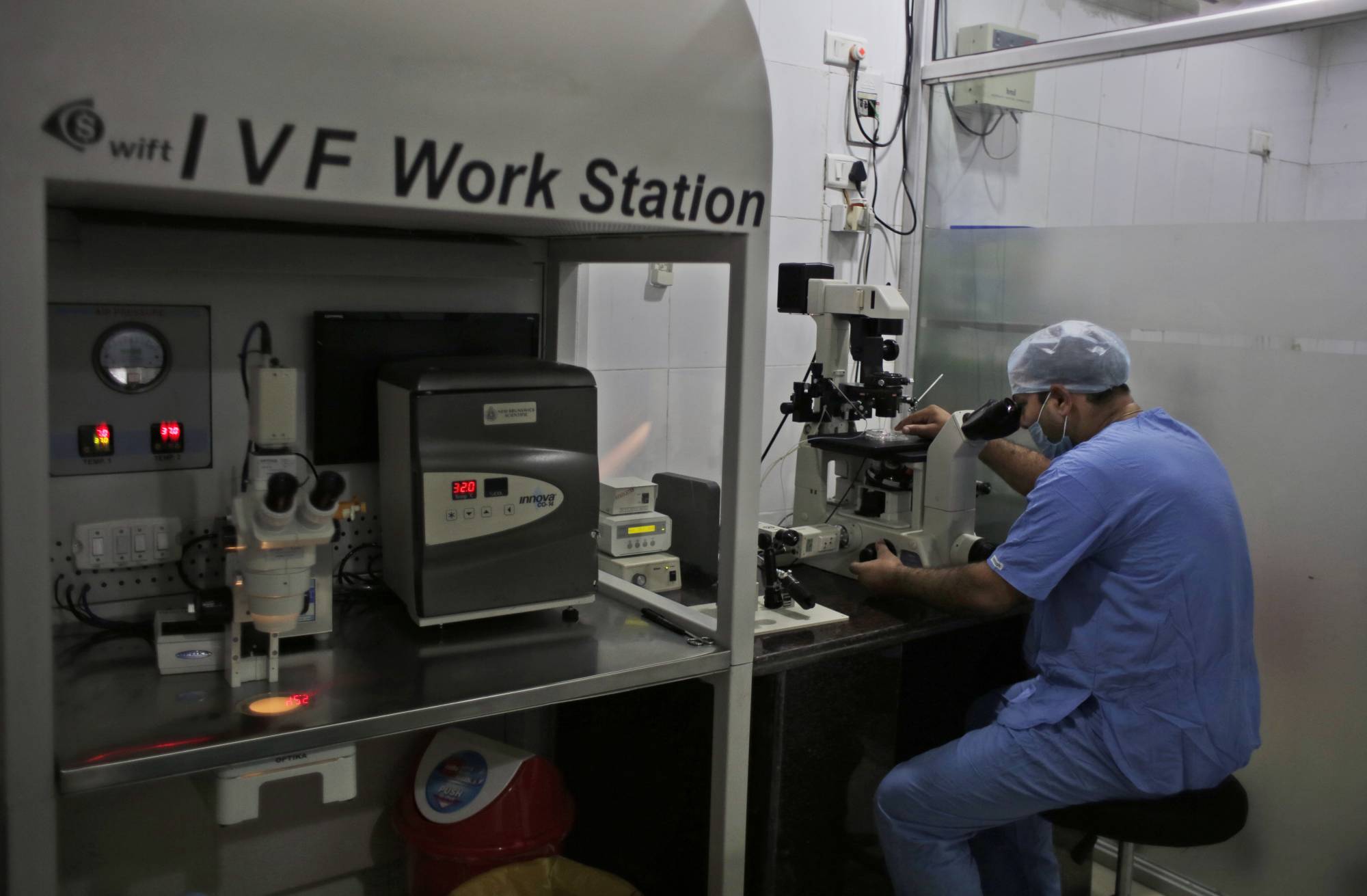To listen to the Federal Newscast on your phone or mobile device, subscribe in PodcastOne or Apple Podcasts. The best listening experience on desktop can be found using Chrome, Firefox or Safari.
- The Marines Corps’ number two officer has tested positive for COVID-19. Assistant Commandant Gen. Gary Thomas had already been self quarantining since Tuesday after coming in contact with a person who also tested positive. USMC says he’s experiencing mild symptoms but is otherwise feeling well.
- The Veterans Benefits Administration is resuming some in-person services during the pandemic. 10 regional benefits offices are open to the public. VA says more should reopen in the coming weeks. Facilities that are open depend on local conditions and guidelines in the area. VA is currently treating over 36-hundred people with COVID-19. That total includes nearly 300 VA health employees and 115 non-veterans.
- The majority of Environmental Protection Agency offices are moving along in their reopening plans. EPA headquarters in Washington D.C. and facilities in all regions except one are at phase two of the agency’s reopening plans. Only EPA offices in the Midwest are back at phase one. Most EPA employees can continue teleworking during phase two. But employees say they’re concerned about the prospects of moving to the next phase when most of the workforce is expected to return to their offices. Some employees say EPA isn’t enforcing a mask policy with those who are in the building. (Federal News Network)
- The IRS pushed through a major workload during the coronavirus pandemic. IRS Commissioner Chuck Rettig says much of the agency’s IT staff worked 15-17 hours days, seven days a week between March and July. The same IT workforce that handled the tax-filing season was also responsible for implementing the Economic Incentive Payments. The agency also broke its own record for timely processing of tax returns, processing more than 2 million returns per hour. The IRS has done all of this with a budget that is about 20% less than what it had in 2010, and has lost about 20% of its workforce to attrition. (Federal News Network)
- The Defense Department may not be ready for 5G. Back in March the White House issued a strategy for securing 5G within the United States. However, a study from the Government Accountability Office says that strategy only partially addresses issues that the nation may face keeping 5G safe. For example, the strategy doesn’t explain what it will cost to implement the strategy, or include what kind of resources states and local government will need to protect 5G. GAO recommends bringing together the National Security and National Economic Councils to update the strategy.
- Airmen at six Air Force installations now have access to commercial cloud environments like Amazon Web Services and Microsoft Azure. The cloud environments meet the Defense Department’s highest cloud security standards. The Air Force says using the enterprise IT as a service platform will reduce latency and improve overall user experience. The bases with access to the commercial clouds include Buckley Air Force Base in Colorado and Cannon Air Force Base in New Mexico.
- The Defense Department’s JEDI cloud contract continues to rankle one powerful senator. Sen. Charles Grassley (R-Iowa) sent 14 new questions to the Defense Department about its controversial JEDI cloud procurement. This is the second letter Grassley wrote in the last two years seeking information on the Pentagon’s rationale to continue with the procurement that has been stuck in litigation. In his most recent letter, the chairman of the Finance Committee asks DoD to provide a briefing to his staff by October 19 to explain how it addressed a host of problems detailed in the inspector general report. Grassley’s questions focus on cost of the delays, whether contract requirements are still relevant and what steps has DoD taken to close several IG recommendations.
- The Navy has picked a name for its newest class of ships. The forthcoming guided missile frigates will be dubbed the Constellation Class, starting with the first ship, the U.S.S. Constellation. It’ll be the fifth Navy ship to bear that name, starting with the original Constellation in 1797. The Navy awarded a contract to build the new frigates in April. It’s the service’s first new shipbuilding program in more than a decade.
- The Office of Federal Procurement Policy’s goal of reducing the friction in the acquisition process will get a boost from several new or ongoing pilot projects. OFPP Administrator Michael Wooten says several agencies are testing the use of emerging technologies to lessen the burden on contracting officers. For instance, the Interior Department is using natural language processing and machine learning tools to coach contracting officers through specific processes. Another pilot aims to reduce procurement administrative lead time and another will expand to 10 agencies to improve the quality of contractor performance assessments.
- The White House Office of Science and Technology Policy has launched Quantum.gov, a one-stop shop for updates on the Trump administration’s work on this emerging technology. The site’s launch coincides with OSTP’s release of its Quantum Frontiers Report, which identifies key areas for continued quantum information science research. U.S. Chief Technology Officer Michael Kratsios says the site and report came together with input from agencies, industry and universities.
- More pushback on the White House’s recent directive to suspend all diversity and inclusion training. This time from the American Federation of Government Employees. The union’s national president Everett Kelley says the order, “sends a terrible message,” and says AFGE will hope to fill the void left to ensure workplaces are free of discrimination.
Copyright
© 2024 Federal News Network. All rights reserved. This website is not intended for users located within the European Economic Area.





